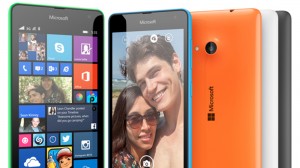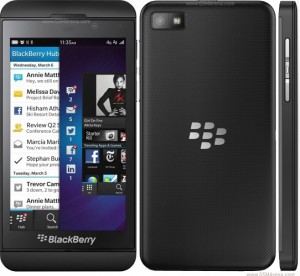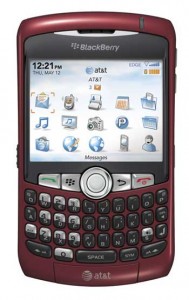This blog post is dedicated to the following question found in Class 20’s class prep:
“If the United Nations was fully funded, why would we need the Arc or social enterprise”?
While the United Nations focuses on global problems of international magnitude, social entrepreneurs and inspirational initiatives, such as the Arc, evoke social change within local communities. Social enterprise aims to help individuals and small societies, where as the United Nations finds solutions to social, economic, and political problems that affect colossal populations.
I believe that social enterprise plays a much more personal role when it comes to their cause, compared to the United Nations. While the UN solves immediate problems, they do not solve every aspect of the problem with their one solution. Social entrepreneurs find long standing solutions while the United Nations finds short term fixes to problems.
While I was in Turkey in the summer, my family and I stumbled upon a carpet factory. The workers told us that they worked 18 hours every day in order to support their families, at next to nothing wages. Using this circumstance as an example, if the United Nations were to implement a policy that eradicated 18 hour work days, this would improve the working conditions of the workers. While they would get shorter days, this policy would not solve the health and economic problems they have collected from their job. Social entrepreneurs would look into solutions that would help them get back on their feet, socially and economically.
If the United Nations were fully funded, they would solve problems that aid a global population. These solutions however, would not pertain to every individual’s circumstances. Initiatives like The Arc and social entrepreneurs are vital in order to evoke long term changes in the community.







